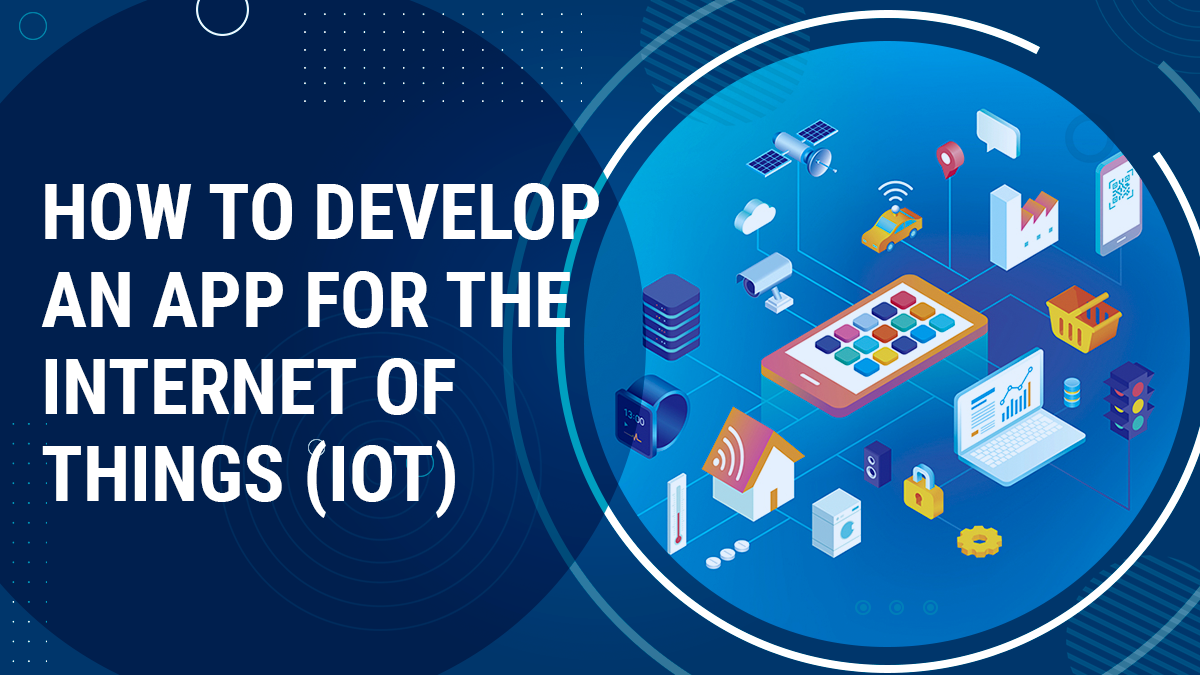In the ever-expanding era of technology, the Internet of Things (IoT) has emerged as a transformative force, revolutionizing industries, businesses, and daily lives. With the proliferation of IoT-enabled devices, from smart thermostats to wearable fitness trackers, the innovation potential seems limitless. However, amidst the excitement and promise of IoT, there lies a crucial challenge: ensuring interoperability.
Interoperability, the ability of diverse systems and devices to work together seamlessly, is the cornerstone of a functional and efficient IoT ecosystem. As the IoT continues to evolve, interoperability becomes increasingly critical, highlighting the need for comprehensive interoperability testing.
Understanding Interoperability in the IoT
Interoperability in IoT refers to the ability of various devices, platforms, and applications to communicate, exchange data, and operate in harmony. In essence, it is the glue that binds together the myriad components of the IoT ecosystem, enabling them to work cohesively towards a common goal.
Consider a smart home scenario where multiple IoT devices, such as thermostats, security cameras, and lighting systems, are interconnected. For optimal functionality and user experience, these devices must seamlessly interact with each other, regardless of their manufacturers or underlying technologies. This level of interoperability ensures that users can control their entire smart home ecosystem through a single interface, enhancing convenience and efficiency.
The Significance of Interoperability Testing
Interoperability doesn’t happen by chance; it requires meticulous planning, development, and testing. This is where interoperability testing comes into play. Interoperability testing involves assessing the compatibility and functionality of different IoT components to ensure they work together as intended.
The importance of interoperability testing in IoT cannot be overstated. It serves several crucial purposes:
- Ensuring Compatibility: Interoperability testing helps verify that IoT devices, protocols, and platforms are compatible with each other, minimizing integration challenges and potential conflicts.
- Enhancing Reliability: By thoroughly testing interoperability, developers can identify and address any issues related to data exchange, communication protocols, or system integration, thus enhancing the reliability and stability of IoT deployments.
- Optimizing Performance: Through rigorous testing, developers can fine-tune IoT systems to optimize performance, responsiveness, and efficiency, ultimately enhancing the user experience.
- Mitigating Security Risks: Interoperability testing plays a crucial role in identifying security vulnerabilities and ensuring that IoT devices and networks adhere to robust security standards, thus mitigating the risk of cyber threats and breaches.
The Role of Interoperability Software
Interoperability testing relies heavily on specialized software designed to simulate real-world IoT environments and interactions. Interoperability software enables developers to create comprehensive test scenarios, emulate diverse devices and protocols, and analyze interoperability issues efficiently.
These tools facilitate automated testing, enabling developers to streamline the testing process, identify issues early in the development lifecycle, and accelerate time-to-market for IoT solutions. Moreover, interoperability software often integrates with other testing tools and frameworks, providing a holistic approach to quality assurance in IoT development.
How does Partnering make a difference?
In the rapidly evolving world of IoT, partnering with an experienced IoT app development company can be invaluable. These companies specialize in designing, developing, and testing IoT solutions, leveraging their expertise to navigate the complexities of interoperability and ensure the success of IoT projects.
When selecting an IoT app development service provider, consider the following factors:
- Expertise and Experience:
Look for a company with a proven track record in IoT development and interoperability testing. Experience in diverse industries and verticals demonstrates versatility and adaptability.
- Comprehensive Services:
Choose a company that offers end-to-end services, from ideation and prototyping to deployment and maintenance. A holistic approach ensures continuity and consistency throughout the development lifecycle.
- Commitment to Quality:
Prioritize companies that emphasize quality assurance and testing, including interoperability testing, security testing, and performance testing. Quality should be non-negotiable in IoT deployments.
- Collaborative Approach:
Seek a partner who values collaboration and communication, working closely with your team to understand your requirements, address your concerns, and deliver tailored IoT-enabled devices and solutions.
In conclusion
Interoperability testing is the cornerstone of successful IoT deployments, ensuring seamless integration, reliable performance, and robust security. By prioritizing interoperability and partnering with the right IoT app development company in UAE, organizations can unlock the full potential of IoT and drive innovation across industries.
As we continue to navigate the intricacies of IoT development, let us engage in discussions, share insights, and collaborate toward building a connected world that is interoperable, resilient, and transformative. Together, we can crack the IoT code and harness its boundless possibilities for the benefit of all.


